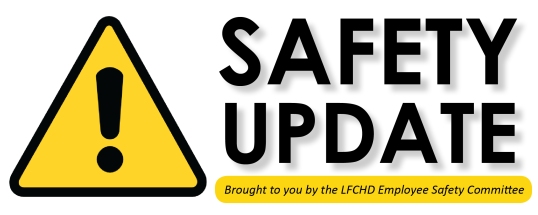On Memorial Day, Dan Satterfield, Emergency Preparedness coordinator, spoke to a crowd in Salem, Ind., for an annual program remembering those who lost their lives in service to their country. Satterfield spent four years in the Air Force and 27 years in the Coast Guard.
“The reason I speak at this stuff is because it’s important for us to go back to our roots and understand how men would be so willing to give their lives,” said Satterfield.

Photo provided by Salem Leader.
In his speech, he thanked many people, including some of his hometown heroes, the American Legion, and his veteran family members.
“Men are willing to die for a cause and those men were willing to die for freedom. Those men were willing to die for those families who still live here. They wanted you to enjoy, they wanted your children to enjoy, and future generations to really enjoy the freedom they had. We’re here to honor them,” he said. Satterfield urged everyone to really use the Memorial Day holiday as a day of remembrance. “We remember these men and make sure they did not die in vain.”































